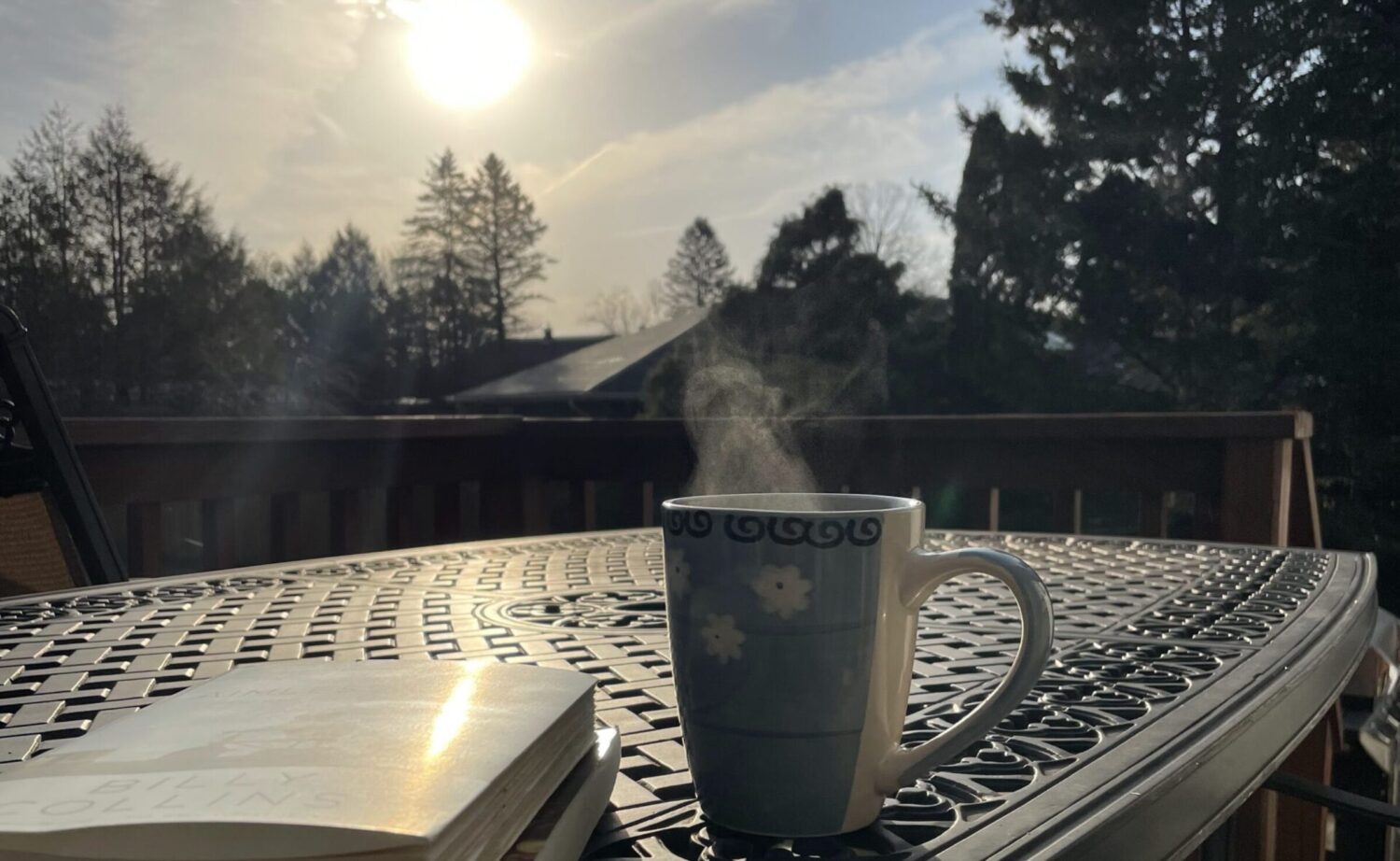Over twenty-five years ago I had the audacity to start a literary journal. I say audacity because I was a know-nothing undergraduate student who had taken a few writing classes and suddenly thought I was qualified enough to read, judge, and publish other people’s work. The thing is, all I needed to do was hang my shingle out, and the work came my way. We only published two issues, but by the time we closed up shop, we were receiving several pieces of poetry or fiction a day, we had been reviewed in two publications, we had been offered distribution agreements from two major magazine distributors, and we were being sold in Border’s Book Stores in five or six major markets.
The journal was called Rafters – named after the structural supports of a roof. I was trying to think of something that was both foundational and lofty – wooden beams above. I was too young and shy and lacking in confidence to write an editor’s note explaining the name or purpose or vision. Some people thought we meant those life-jacketed folks in rubbery boats floating down a river – as a metaphor, that works too. Penn State didn’t have a nationally recognized literary journal, and I wanted to change that. Outside of my oversized aspirations, we didn’t have a mission or purpose or angle…. I just wanted to read and publish things. Our first issue had a blank box on the front where cover art would normally appear. I had just finished reading a book on the meaning of art and the author had posited that the reproduction of art may add a level of value (monetary) that might distract from the art… famous pieces take on a larger than life aspect partially because of their fame. Again – I had my high-minded reasons behind my aesthetic choices, but was too young, shy, and inexperienced to articulate those reasons.
Somewhere in my boxes of papers and books in the basement, I have a dozen copies of the journal. The rest I threw away in one of my moves. I think I printed 500 of each issue and sold/gave away between 50 and 100. Also in those boxes are invoices from the printer, and sales receipts from Border’s, a photocopy of a check from Joe Paterno (who made a financial contribution to my effort), and correspondence from many writers.
I ran the operation out of a PO Box on Calder Way here in State College. I bought a Macintosh computer and taught myself Adobe PageMaker (publishing software). The web was a newish thing then and I set up a GeoCities account and learned HTML – the background to our page was a light wood grain image. I registered a fictitious name and met with SCORE (Service Corps of Retired Executives) to learn about how to incorporate as a nonprofit. I brought on a few graduate students from the MFA program here to serve as my fiction and poetry editors. My first fiction editor, a writer named Dave Kress, was my first creative writing professor and one of the people who said I should probably pursue writing. My next fiction editor (Dave moved away to Rhode Island), Gabe, is the writer who I recently reached out to and asked if he would read and advise on some of my poetry.
The effort ended for a lot of different reasons. I had graduated and needed to go out and get a real job. My poetry editor had moved to Korea to teach English. My girlfriend of several years had cheated on me and I lost focus. And… I was paying for most of the project (I got some donations from family) on my credit card. I had no business plan, no advertisers, no income, and I lost momentum. A journal that I had hoped to publish quarterly managed to publish two issues between 1996 and 1997. I probably had enough material to publish another issue, but neither the will nor the finances.
As I re-engage my creative side, I sometimes wonder what might have happened if I had stuck with it – the journal, the writing, the literary life. A poetry journal that I respect, sometimes submit to, and always get rejected from, Rattle, was founded two years before I founded my journal… Though founded feels like a word that should be reserved for those things that had staying power. Rattle did, Rafters did not.
This morning, I was sitting in the sun reading and thinking about how few poems I write in any given week and wondering if that’s normal. I write almost every day, but seldom stick with the thought long enough to turn it into anything. I started formulating a series of questions for other writers. How many poems do you write a week? When do you sit down to write? Do you have any rituals? I’m not looking for answers or tips. I don’t necessarily want to emulate any of them – but I am curious if patterns might emerge. I was envisioning interviewing dozens or hundreds of writers. Looking for validation, or insight, or anything that might help define or describe the countless variations on the process of writing. Suddenly, in my daydream state, this was a regular feature in a nonexistent literary journal and I was reminded of a time when I wasn’t so practical – perhaps too stupid or inexperienced in the ways of the world to be risk averse. For a brief moment, I thought about doing it all again: Rafters Revisited.
